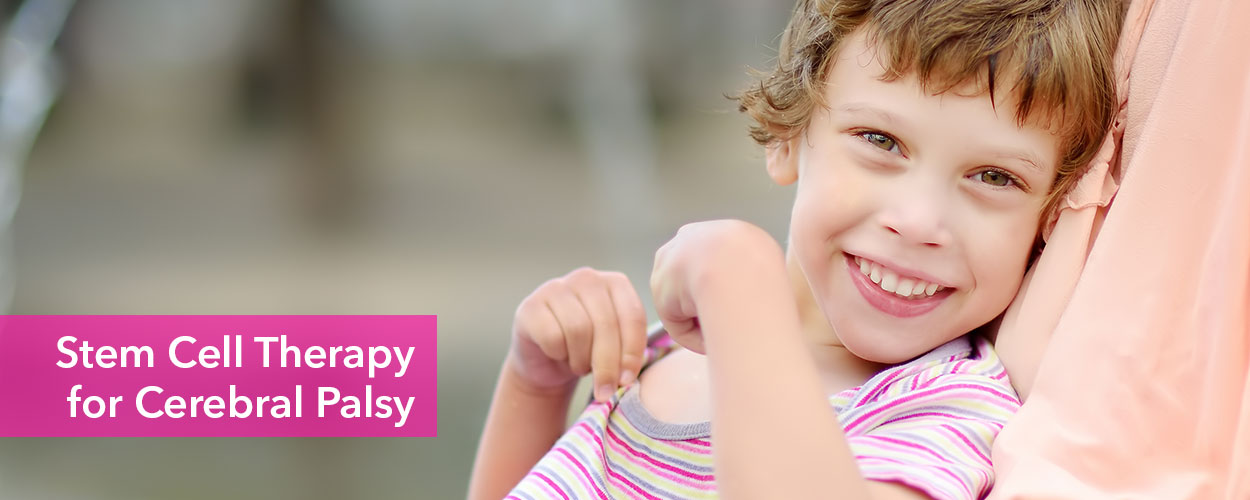What are the symptoms of cerebral palsy?
The signs of early of cerebral palsy can be observed in children of up to 1 year of age. Delayed development is usually the initial indication for cerebral palsy with problems performing basic motor functions such as sucking/feeding, neck control, sitting without support, rolling, crawling, grasping, and others.
Signs that can be observed in early age include:
When the child is less than 6 months in age:
- Difficulty in head and neck control when picked up
- Stiff legs that the baby crosses or scissors when picked up
- Shakiness in the arms or legs
- Trouble while sucking or feeding
- Lack of muscle tone resulting in ‘floppy body’ or hypotonia. Abnormal muscle tone can also be observed in children with CP as stiff or rigid muscles
When the child is more than 6 months in age:
- Poor head control when picked up
- Use one side of the body more than other: reach with only one hand and keep the other one in a fist
- Difficulty in rolling over without help
- Difficulty in the movement of upper limbs and bringing them together
- Crawling abnormally in a lopsided manner and dragging the other side of the body
- Not able to sit or stand without support
- Lack of response to own name
- Doesn’t make babbling sounds and say single words such as ‘mama’ or ‘papa’.
Common physical symptoms of cerebral palsy include:
- Deformities of the upper and lower limbs causing a bent wrist, closed fist or a rigid flexed elbow
- Severe malnourishment with a floppy body, known as hypotonia
- Difficulty in walking
- Difficulty in breathing due to poor neck control and lowered immunity.
- Sensory problems including poor vision and hearing, along with cognitive difficulties.
Other symptoms that may occur in some people include pain, hip displacement, non-ambulation, speech difficulties, epilepsy, behavioral changes, poor bladder control, disturbed sleep cycles, vision and hearing impairments as well as difficulty in swallowing.



